Forgive me if I feel the need to untangle some loose ends before tying up the package that is the Indian FTR 1200.
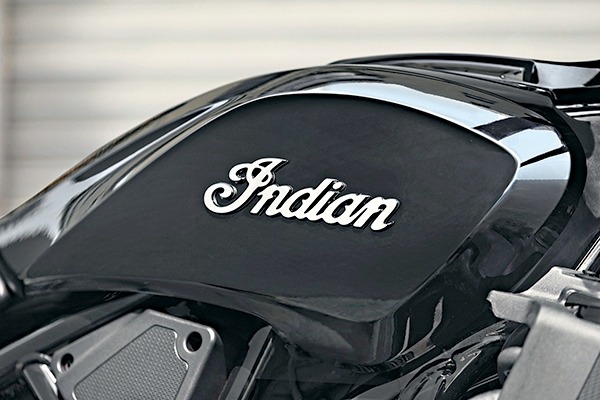
Last time, we covered some very basic technical questions… and the factory answers. Forget that we still don’t know about gearing, or handling characteristics or whether things like seat height will play much of a part in the success of the FTR. Bottom line… it will be a success. Here are some thoughts (in rough categories) as to why:
Competition: There ain’t much! If you want an American-made performance bike… this is it. Indians of old were exactly that, but it seems it’s been a long damn time since performance was at the top of the list of priorities for a Yank tank. All this marketing jargon about the FTR being a “Street Tracker” is simply a focal point. That point being… there is no form of two-wheeled vehicle as spartan and sporting as the penultimate American racer… the dirt tracker. It just so happens there’s no form of racing motorcycle older or more pure either. American dirt track racing is unique. The machines are exemplified by a serious lack of anything that doesn’t help the racer go and steer. Even brakes were secondary for most of the history of dirt track. Indian’s modern response to the recent reboot of the sport has been sensational. The FTR750 is a “clean sheet” design that instantly asserted itself as the dominant replacement for the Harley XR750. A hard act to follow… let alone manage an encore. In this case, the factory “encore” strategy was akin to the age old “race on Sunday—sell on Monday”… with a twist.


Old-timers remember when dirt track wasn’t based on a stripped production bike but included purpose-built racing machines. That was over 100 years ago and guess who jumped in first… the “Class A” eight-valve Indian! The current dirt track scene is Class A “2.0.“ Trouble is, can’t sell enough race bikes on Monday (or any other day) to make it financially feasible. Indian’s genius solution? The FTR! It isn’t even close to a real dirt track bike, but neither is a modern automobile any relation to a stock car. I like the term “silhouette”… to describe the relationship. Looks a lot like… but isn’t. What the FTR is… is a stylistic bullseye of a bike that evokes all the heritage and singularity of American performance… in a practical performance package. No one else has anything like it!
Still… there will be competition, older than dirt track… and more gritty. In the marketplace.
As beautifully as Indian has created its own unique market niche for the FTR, comparisons remain… mainly the Scrambler by Ducati… or the Ducati Monster. Possibly the 1200cc Triumph twins. The Scrambler comes in a bit lighter and less powerful but not much cheaper… decked out. The big Monster is both lighter and more powerful, but costs more… in complexity, cash and care. The big Triumph is a price match and 40 pounds lighter, but comes off way behind in the power game.
You probably already guessed, but I can’t help but mention… right or wrong… I don’t think the Sportster is a real competitor for the FTR 1200. And H-D is late to the gate with the upcoming 975, scheduled for… what?… 2020… 2021? What I’m getting at is that Indian has their finger on the pulse with the FTR. Harley, meanwhile, has no competition in this new arena. For the second time in as many years, the oldest American brand has nailed a segment the second-oldest missed completely. First… the real racer… now the showroom simile of the same.
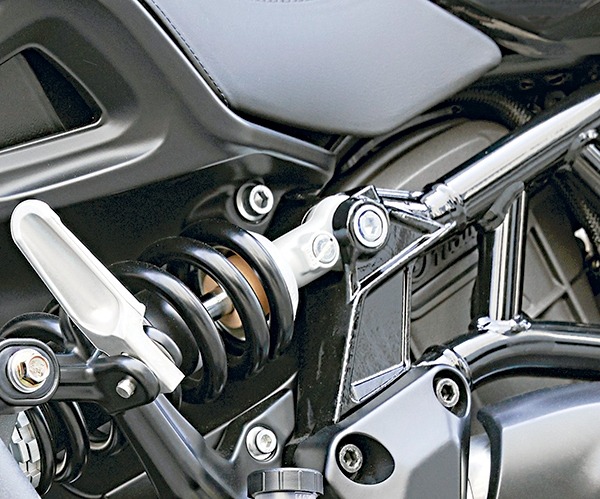
Coolness: The Indian FTR 1200 is not the fastest, nor the lightest, nor cheapest, not likely the best handling… not really an “est” kind of motorcycle. Except… it’s quite simply the cool-est! If Steve McQueen were around today he’d already have both the 1200 and 1200S on order… top of the list! Moreover… he wouldn’t know anything we don’t… but when it looks right, it is right… right?
By the time you read this, or shortly thereafter… the FTR will be in the hands of us folk. Us folk are gonna have a ball with it. Indian has all but ensured that with the basic 1200. The version which (price irrespective) suits me best… BTW. For those who always need their lilies gilded the 1200S adds an “iPad” instrument panel with enough added info to be had that it kinda scares an analog type like me. As if to underscore its pavement prowess potential, the 1200S suspension is a major functional upgrade. Three-way adjustable 43mm USD front fork and matching shocks at the rear mean a serious hot shoe can do some amazing things to the canyon roads in the ‘hood… wherever that ‘hood might be! Might even require fitting out for a steel shoe! After all, this ain’t no cruiser, or sissy cafe racer; its a genuine “grab the bars, stuff it in and gas it out” proposition! Or… you could just wheelie alla time… the FTR won’t mind.
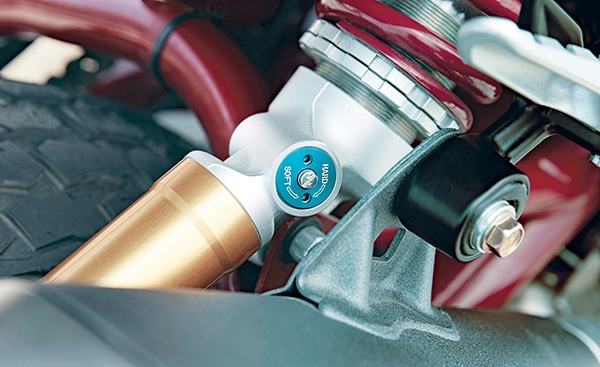
Over and above function upgrades, the “S” also gives some options for paint and cosmetics that allow trimming the machine out in glorious livery of your choice… such as two-tone paint and/or a red frame… whew! Add the fact that (like Triumph and Ducati) the FTR accessory machine at Indian has worked up enough “collections” to keep it uniquely yours. Tagged with names like “Tracker,” Rally,” “Sport” and “Tour”… it doesn’t take a lot of imagination to realize you can tailor the FTR to your personal usage and taste… with ease.
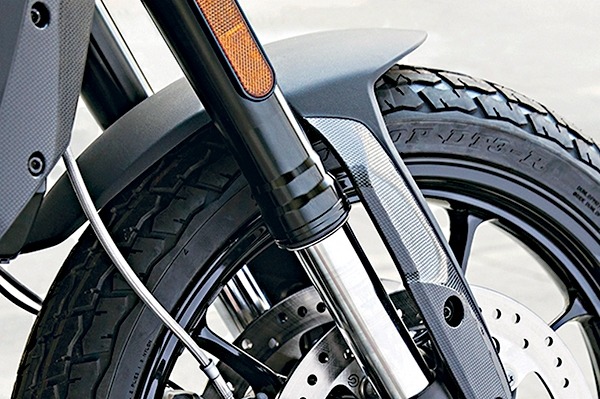
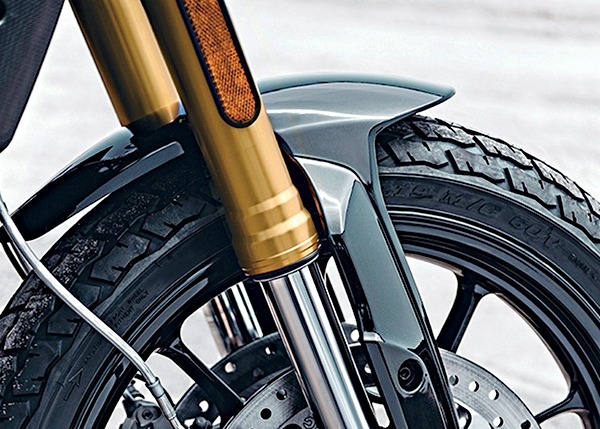
Clarity: Indian would have us believe that the FTR is already in an optimal state of tune. With an honest 120 hp and buckets of torque at hand… they just might be right. A set of sticky tires on the “S” and some track time should answer that definitively. But… we all know that a motorcycle like this just begs to be developed to its full potential in the engine department. Indian is on record… they’ll leave that to the aftermarket. This intrigues me. Nothing succeeds like excess! No doubt there’ll be cams, flowed heads, trick exhausts and who knows what else pouring into the hot-rod “void.” Fine! In the meantime, it seems to me one can work around the edges of the existing package with reasonable results. For instance, that “bread box” exhaust collector might take some serious effort to “improve,” as I stated in the first installment. Performance mufflers alone might be worth a couple of ponies, but mostly sound and fury. I’ll bet no aftermarket system can do better overall… unless there’s an X-pipe in the headers or some well-thought-out facsimile.
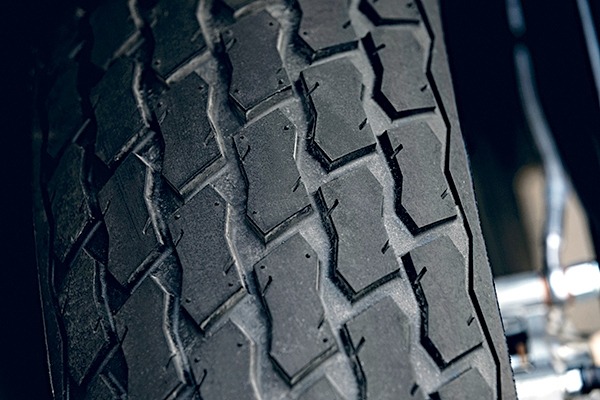
We’ll see. On the other hand, and at the other end… the FTR has two huge throttle bodies tucked under a big air box. This air box just might be where gains can be found… for cheap. Most any other of the type has internal baffling and “snorkels” to comply with noise standards. I suspect it’s true of the FTR as well, so… follow the logic for a minute if you will. You opt for the factory-optional Akropovic muffler… a more or less high-flow arrangement. You gut the air box… or at least improve on the inherent restriction in the thing. Might even find an opportunity to add a venturi effect and… now… you’ve got a boost in air flow, both in and out. Do not underestimate the possible result… it could be an additional 12-15 horses or more. Might help even more if you can relocate the IAT (intake air temperature) sensor to a cooler point of entry… like the part of the air box that grabs the most fresh air. Should fool the ECM into giving you a little richer air-fuel ratio… especially if the (as yet unknown) “stock” location is in a hot area… like above and/or behind the engine. That… folks… amounts to free power. Supposing it has the intended effect… one sticky wicket remains. Lean running in the mid-range… courtesy of stock EPA engine mapping. Well, all I can say is this might be the aftermarket opportunity of the decade. How tough can it be to find a means to remap an FTR?
As they say in dirt track… the race is on!



















[…] read a detailed analysis of the FTR 1200 by Thunder Press columnist Kip Woodring, click here and here. Look for Thunder Press’s upcoming June print edition for a full test ride […]